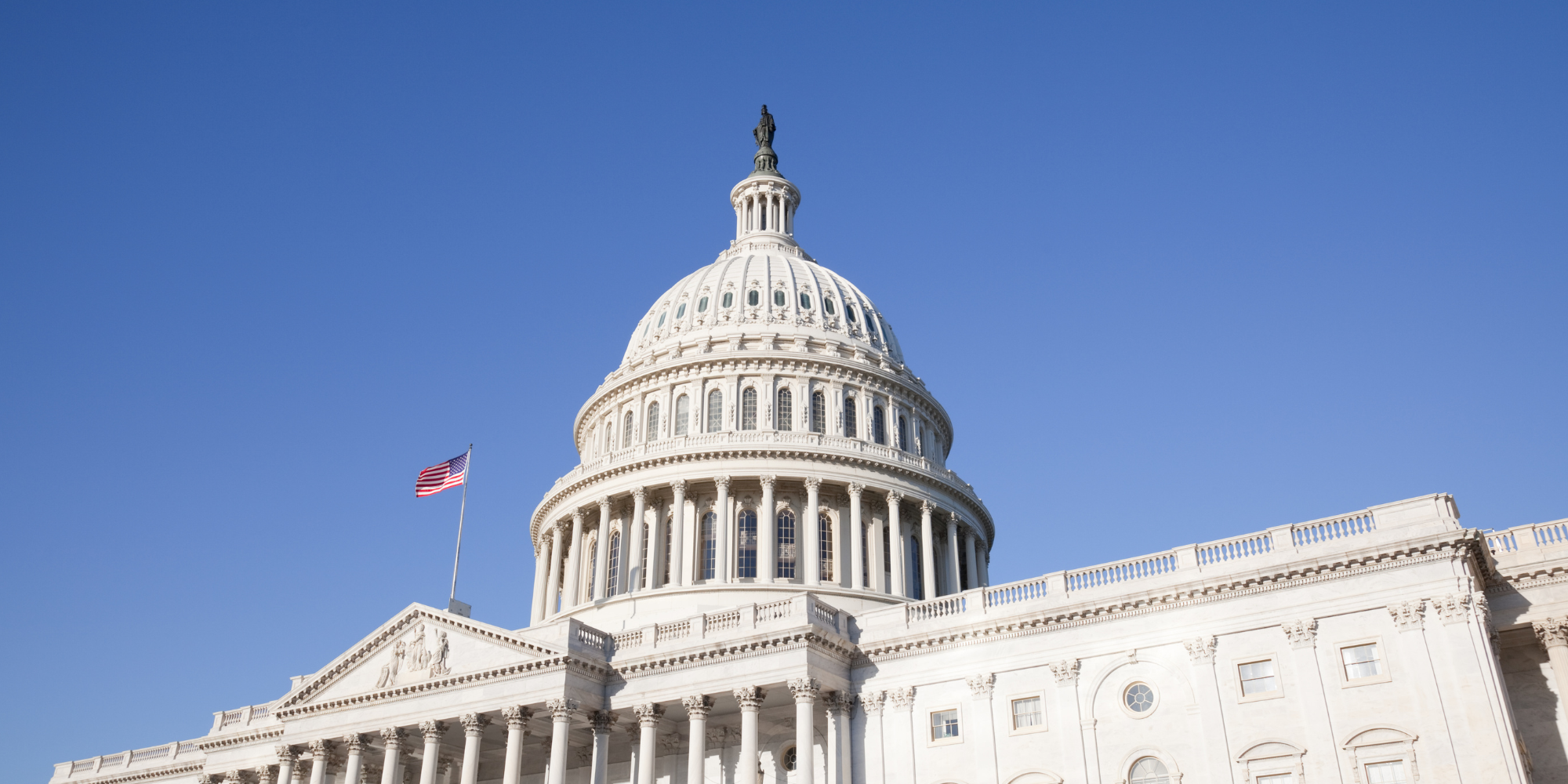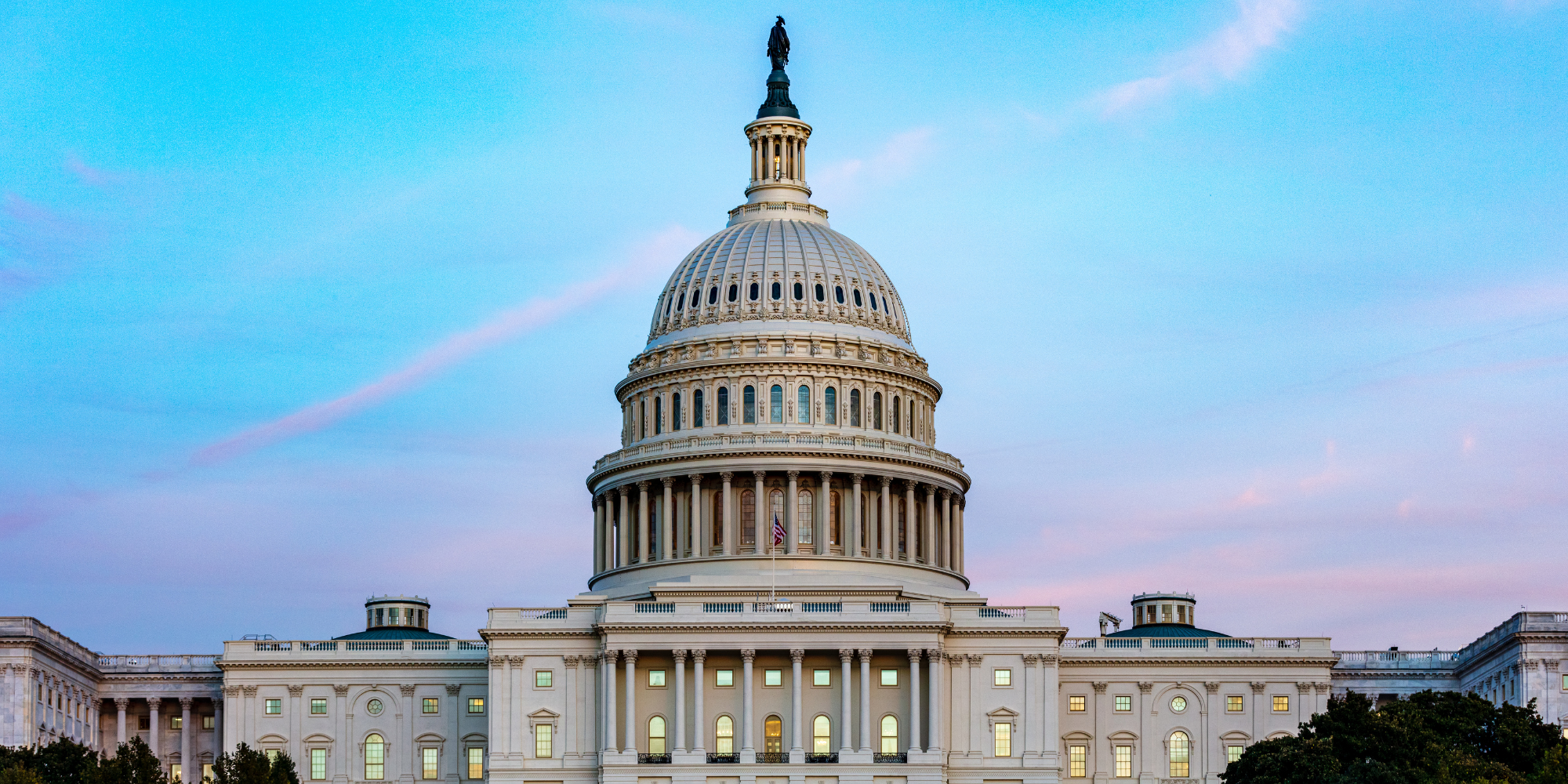My very first Day on the Hill was an experience I will not soon forget.
As an Exercise Physiologist of 10 years and an ICR Director, I have conducted hundreds of intensive cardiac rehab (ICR) and cardiac rehab (CR) intake assessments, I understand and can explain common barriers to enrollment in cardiac rehab.
From what I have witnessed, I can attest that Cardiac and pulmonary rehab are at an urgent impasse legislatively. And we must act now. In the remainder of this post, I’d like to first highlight the issues at hand and then share the legislative solutions the AACVPR team and I lobbied for during our time in Washington D.C.
Understanding the bigger picture
In its current state, our industry is struggling with a few key issues that the proposed legislation aims to alleviate.
- Despite CV disease being the number 1 killer of Americans, only 20-30% of qualifying patients participate in CR/ICR (3) due to barriers such as:
- Distance from home to nearest CR facility
- Transportation & transportation costs
- The American Heart Association recently published new research showing the pandemic further impacted ICR/CR participation (1).
- 22% decrease from 2020 to 2021 (1)
- As if that wasn’t enough: 220 cardiac rehab centers closed during the pandemic (4), further limiting access to this already underutilized service.
Why is this important?
 As the points below reveal, the need for access to cardiac rehabilitation is at an all-time high.
As the points below reveal, the need for access to cardiac rehabilitation is at an all-time high.
- NCHS 2021 data indicates heart disease is the leading cause of death in the United States (5)
- In 2012 the CDC and CMS nationally co-led an initiative called The Million Hearts Initiative to avert 1 million heart attacks and strokes by the end of 2026 and set a goal to increase CR participation to 70% (3). Both the American College of Cardiology and the American Heart Association strongly support this initiative.
- CMS 2023 recently proposed a rule referring to CR/ICR as an “underutilized, high-value service”; with goals to extend these services to the patient’s home in underserved areas (7): (rural or other “access deserts” and underserved populations (10))
- Does your state have access deserts? You can visit this NCBI map (10) to identify any access deserts in your home state.
- Long COVID patients now qualify for pulmonary rehabilitation (8), a growing population that will need to utilize PR services in the near future
Legislation designed to help
 I attended Day on the Hill as a concerned Virginia state resident and a cardiac rehab/patient-facing healthcare worker with the aim to illustrate the points above and explain how both HR1406 and HR 955 will improve the status quo. I was in the company of about 100 of our industry colleagues advocating for the support of both bi-partisan bills:
I attended Day on the Hill as a concerned Virginia state resident and a cardiac rehab/patient-facing healthcare worker with the aim to illustrate the points above and explain how both HR1406 and HR 955 will improve the status quo. I was in the company of about 100 of our industry colleagues advocating for the support of both bi-partisan bills:
- HR 1406: Sustainable Cardiopulmonary Rehabilitation Services in the Home Act. This bill will allow permanent extension of the virtual cardiac rehab services that have been proven to be safe and effective during the covid-19 pandemic. Centers for Medicare & Medicaid do not have the authority to allow virtual delivery of hospital outpatient services beyond the expiration of the public health emergency (PHE) on May 11th, legislative action is necessary.
- HR 955: SOS: Sustaining Outpatient Services Act. This bill would allow CR/PR services to expand beyond the hospital campus without financial penalty for doing so. If passed, hospitals would be able to create satellite locations in areas with limited access to healthcare programs and for more cardiac rehab programs to expand or become available.
- Section 603 of the Bipartisan Budget Act (BBA) of 2015 mandates a reimbursement reduction for any hospital outpatient services that are newly established at an off-campus location, that re-locate from an on-campus location (within 250 yards of the main hospital) to an off-campus location or re-locate from off-campus location to a different or expanded off-campus space. Those locations are reimbursed by Medicare at the Physician Fee Schedule (PFS) rate and not the Outpatient Prospective Payment System (OPPS) rate
- The penalty was identified as an unintended consequence of Section 603 and was acknowledged by CMS for small (low-cost) hospital outpatient services such as CR/PR and indicated the only option to address this is via legislation.
Cardiac rehabilitation is a class 1A recommendation with decades of longitudinal data proving its ability to significantly impact the health and quality of life of patients who participate. And now, we have three years of strong data to prove the efficacy and safety of virtual cardiac rehab.
Ultimately, lack of access to cardiac rehabilitation should never limit a qualifying patient’s ability to reap the benefits of participating in cardiac rehab and an opportunity to seek treatment for their cardiovascular disease.
Next Steps
 My experience on the Hill reminded me that we, as cardiac rehabilitation professionals exist in a niche part of the healthcare industry. Thusly, we are experts in a critical part of CV disease treatment with a profound impact on the health of our community’s population. Raising our collective voices in support of legislation that would make a real difference in our industry is important.
My experience on the Hill reminded me that we, as cardiac rehabilitation professionals exist in a niche part of the healthcare industry. Thusly, we are experts in a critical part of CV disease treatment with a profound impact on the health of our community’s population. Raising our collective voices in support of legislation that would make a real difference in our industry is important.
If you want to support the effort to expand cardiac rehab accessibility to patients across the nation, reach out to your representatives and urge them to cosponsor HR 955: SOS – Sustaining Outpatient Services Act and HR 1406: Sustainable Cardiopulmonary Rehabilitation Services in the Home Act. For simple instructions on how to reach your representatives, visit our step-by-step guide.
- https://www.ahajournals.org/doi/full/10.1161/CIRCULATIONAHA.122.061046
- https://newsroom.heart.org/news/home-based-cardiac-rehabilitation-may-help-people-live-longer
- https://millionhearts.hhs.gov/about-million-hearts/optimizing-care/cardiac-rehabilitation.html#:~:text=Despite these benefits%2C participation in,and differences by cardiac diagnosis.
- https://www.ahajournals.org/doi/full/10.1161/CIRCOUTCOMES.122.009618
- https://www.cdc.gov/nchs/fastats/leading-causes-of-death.htm
- https://www.federalregister.gov/documents/2021/07/23/2021-14973/medicare-program-cy-2022-payment-policies-under-the-physician-fee-schedule-and-other-changes-to-part (section H)
- http://waysandmeans.house.gov/wp-content/uploads/2022/02/2021-Congressional-District-Report-CMS30.pdf
- https://www.aarc.org/wp-content/uploads/2022/06/aarc-medicare-pulmonary-rehabilitation-update-2022.pdf
- https://www.aacvpr.org/Portals/0/Docs/Advocacy/DOTH/CR deserts.pdf?ver=2022-02-17-162536-600×tamp=1645137969389
- https://www.ncbi.nlm.nih.gov/pmc/articles/PMC7529047/figure/F1/
.png)



